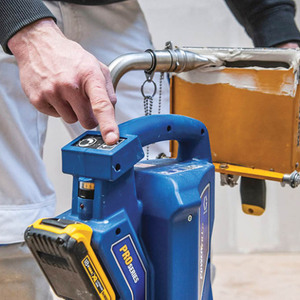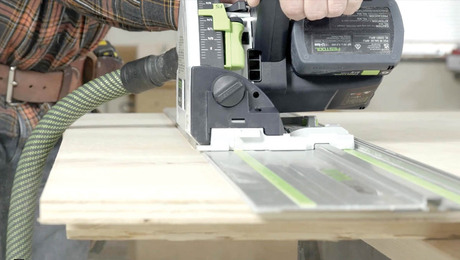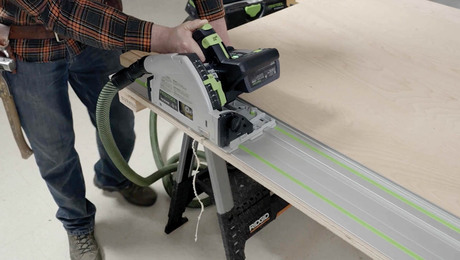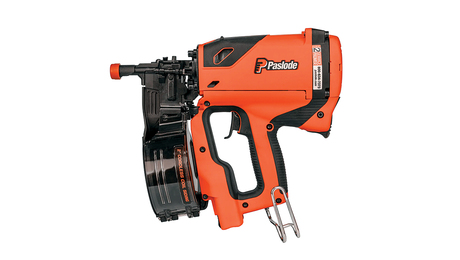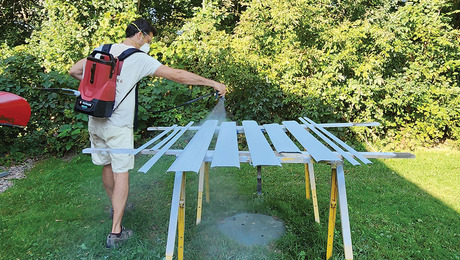Well-Balanced Cordless Belt Sander
DeWalt's DCW220B cordless belt sander offers plenty of speed and power, and the absence of a power cord allows for more finesse.
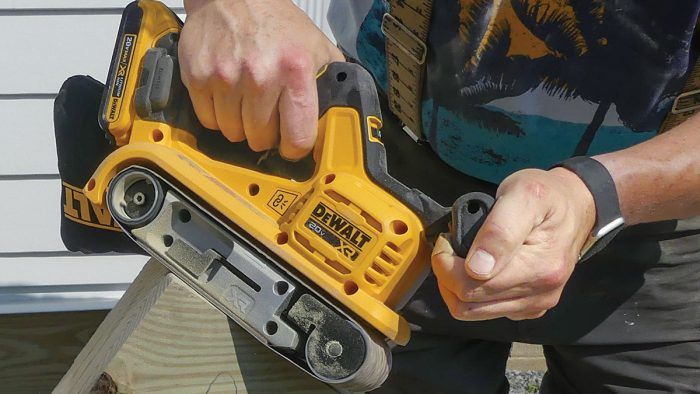
When my trusty 25-year-old Porter-Cable belt sander finally gave up the ghost, I thought it was time to upgrade to cordless. I run mostly DeWalt cordless tools and have been a satisfied customer overall, so I ordered the brand’s new DCW220B model for $300 plus tax. I use a belt sander mainly when I need to remove more wood faster than would make sense with my palm sander. My first project using this sander involved fine-tuning some short stair stringers on a deck I was building. I also used it to scribe some base trim to fit more tightly over an uneven tile floor.
For me, a belt sander is not a tool where lighter is better. There have been a few times when I’ve tried friends’ and coworkers’ sanders that felt quite a bit lighter than my Porter-Cable, and I found that they skate around more and make it harder to keep the belt flat on the surface. So I was relieved when I first pulled the new DeWalt sander out of the box and felt the substantial heft. It weighs in at 9.1 lb. without the battery, which feels very similar to my old tool.
I was sanding outdoors on both projects, so it’s hard to tell how well the dust-collection bag works, but I do like the extra exhaust elbow that makes it easier to swivel the bag out of the way. I also appreciate the trigger lock and the speed flexibility that the combination of speed dial and variable trigger provide. I used a 120-grit belt on the trim and an 80-grit belt on the stringers. This sander uses 3-in. by 21-in. belts of any brand and comes with one 80-grit belt. The process of swapping out and centering the belts is similar to that with other sanders I’ve used.
While I felt this tool had a bit less power, and its highest speed was slower than my previous sander’s, it only took two minutes or so to sand about 1⁄4 in. off a couple wayward stringers. It felt great in my hands and definitely had more finesse when it came to scribing base trim, especially with no fussy cord. I tried using it with three different-size batteries—2-Ah, 5-Ah, and the beefy FlexVolt 6-Ah—none of which made the sander feel out of balance. I still feel sad about losing my old black-and-gray, but I have absolutely no buyer’s remorse regarding my new yellow-and-black belt sander.
Mark Petersen, tech editor
Photo: courtesy of DeWalt
From Fine Homebuilding #318
RELATED STORIES





